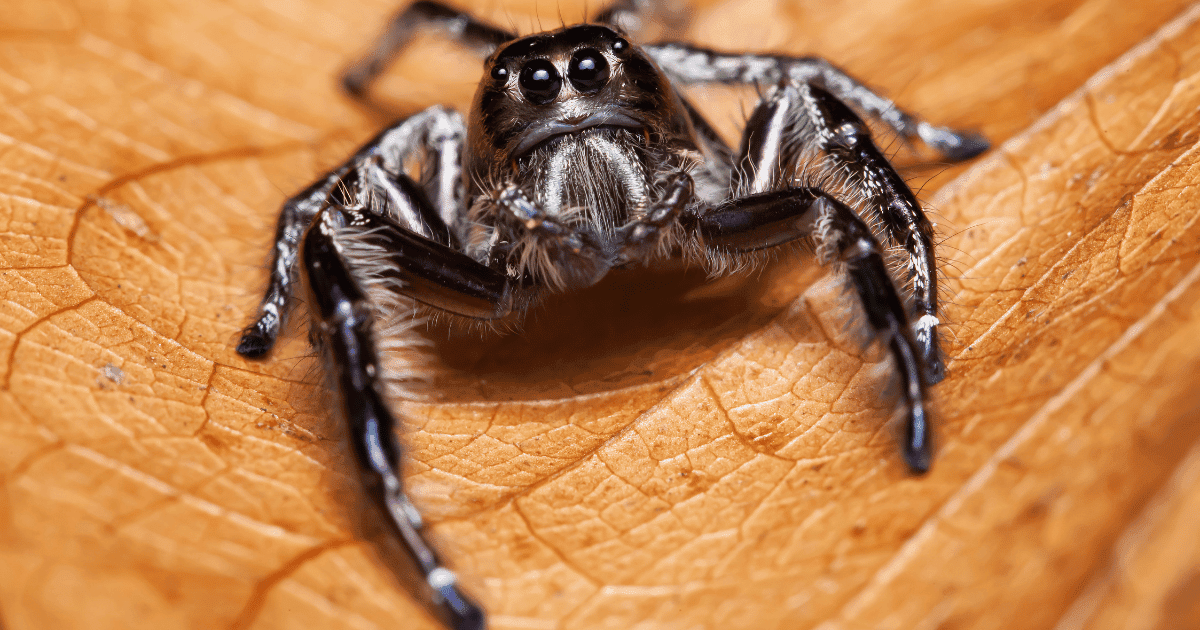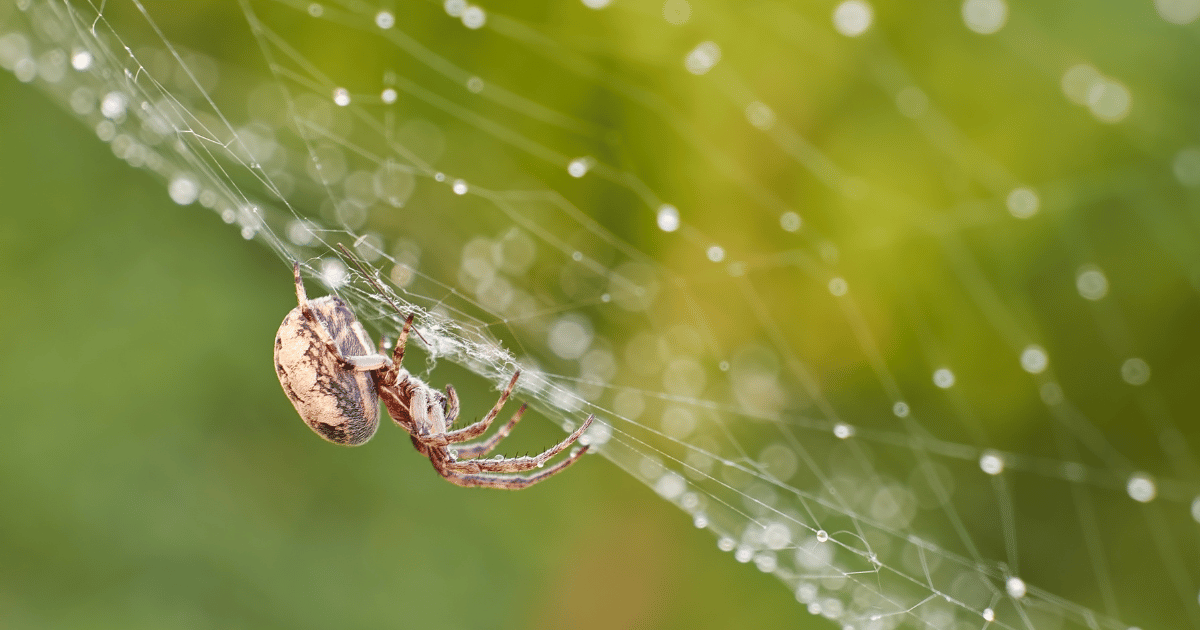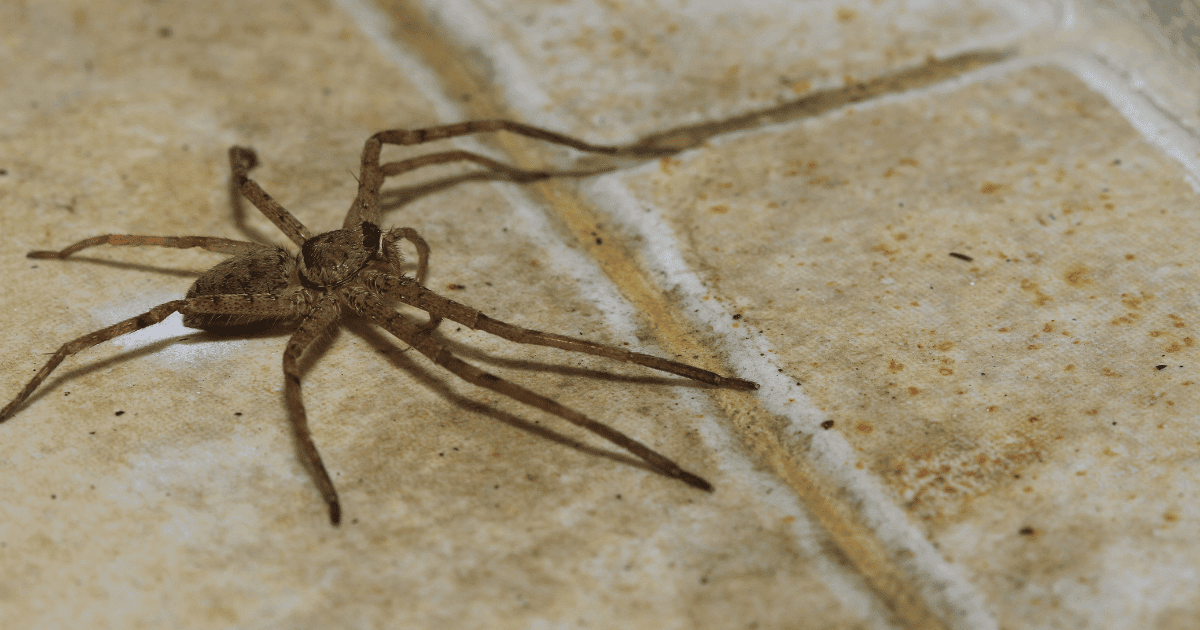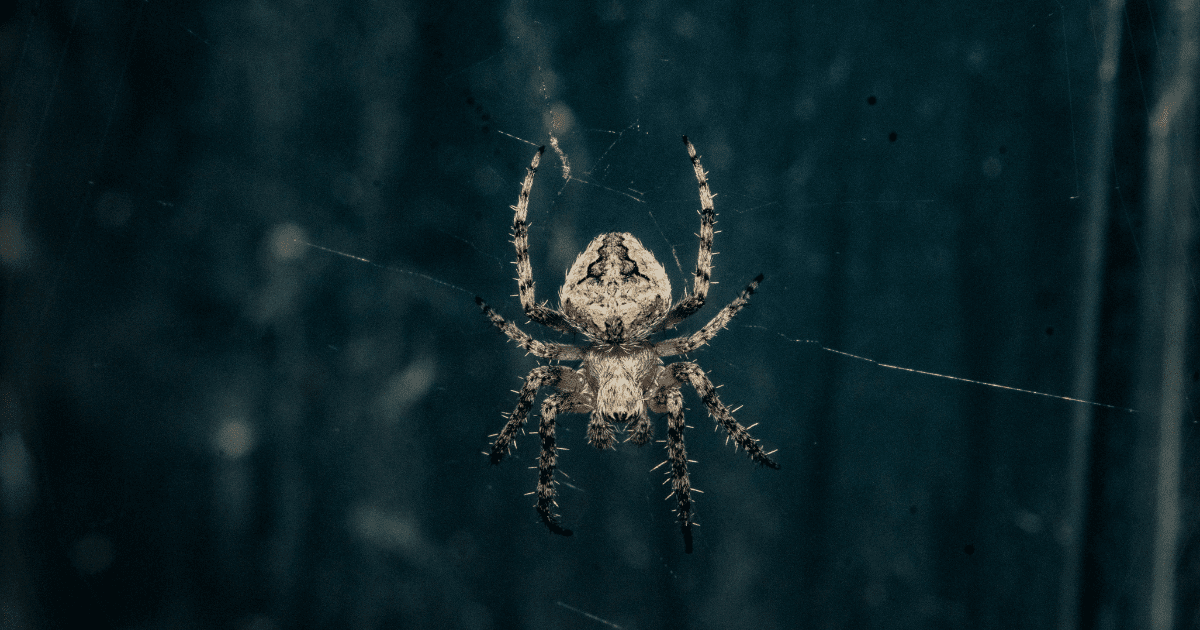Do spiders have tongues? Dive into this comprehensive article to uncover spider anatomy and whether these captivating creatures possess languages. Learn about their unique feeding habits, the function of silk in their survival, and how they experience their surroundings.
Introduction

Spiders, the often misunderstood creatures that incite fascination and fear, are the difficulty of many questions and myths. Among the maximum interesting queries is: Do spiders have tongues? This article pursuits to unravel the thriller surrounding spider anatomy and feeding conduct. By understanding these components, we can better appreciate those extremely good arachnids and their function in the natural world. Join us as we embark on a journey to discover the fact at the back of this query, exploring spider biology in an attractive and informative way.
Understanding Spider Anatomy
Regarding spiders, their anatomy is as intriguing as it is complicated. Unlike humans and many animals, spiders possess a unique bodily shape that sets them aside inside the animal state. They have 8 legs, a couple of eyes, and an exoskeleton, which already makes them awesome from other creatures. However, the question of whether or not spiders have tongues requires a deeper dive into their anatomical makeup. Spiders’ mouthparts, known as chelicerae, play a crucial position in their feeding process; however, how does this relate to the concept of a tongue as we know it? This section will explore the anatomy of spiders to understand their bodily features and capabilities better.
The Myth and Reality: Do Spiders Have Tongues?
The perception of spiders having tongues is a subject rife with misconceptions. Many people anticipate that creatures with a mouth ought to have a language, but the fact is quite specific in the international of spiders. Spiders do not have tongues inside the traditional feel that mammals do. Instead, they have advanced a specialized anatomy that fits their predatory way of life. In this section, we will delve into the clinical information approximately spider anatomy, especially those that specialize in their mouthparts, to make clear this not-unusual misconception and shed mild on how spiders, without a doubt, devour their prey.
Spider Feeding Mechanisms
Understanding how spiders feed is vital to comprehending their anatomy. Contrary to creatures that use tongues for manipulating meals, spiders depend on their chelicerae and pedipalps. Their chelicerae, which may be thought of as fang-like structures, are used for injecting venom into prey while the pedipalps help deal with the catch. Furthermore, spiders have a unique digestive procedure. They liquefy their food externally earlier than eating it, an exclusive technique of many animals. This segment will explore the difficult details of the way spiders trap and digest their prey, highlighting the absence of a tongue but the presence of other fascinating variations.
Comparing Spider Anatomy with Other Arachnids

Spiders are just part of the diverse arachnid family, including scorpions, ticks, and mites. While they proportion a few commonplace functions like having 8 legs and an exoskeleton, their feeding mechanisms can range notably. For example, unlike spiders, scorpions have pronounced pincers (pedipalps) for shooting prey. This comparison highlights the uniqueness of spider anatomy, specifically about their mouthparts. Understanding these variations is fundamental in appreciating the evolutionary direction that has led to spiders’ specialized feeding techniques, and it underscores why spiders do not have or need tongues like other animals would possibly.
The Role of Silk in Spider Survival
One of the most captivating elements of spiders is their potential to produce silk. This silk is not handiest used for growing webs to catch prey but also serves different purposes like building egg sacs, making shelters, or as a way of transportation (ballooning). Silk production is closely related to spiders’ feeding habits. They often use their webs to trap prey, which they then immobilize using venom from their chelicerae. This feeding method again emphasizes the absence of a tongue and showcases the spider’s reliance on different anatomical features for survival.
How Spiders Sense Their Environment
Spiders may not have tongues. However, they own an array of other sensory organs that assist them to navigate and interact with their surroundings. They have multiple eyes, but their vision differs from their number one experience. Instead, they depend heavily on tactile facts. Vibrations and air currents are detected through tiny hairs and receptors on their legs and bodies, permitting them to sense prey and predators. This sensory system is intricately related to their survival and feeding strategies, compensating for the lack of a tongue or advanced auditory organs.
Key Adaptations in Spider Evolution
Over tens of millions of years, spiders have advanced awesome diversifications that have enabled them to grow to be hit predators. Apart from their well-known silk-producing abilities, venomous bites, and great sensory organs, spiders have additionally tailored phrases of their digestive system. As previously stated, they liquefy their food externally, which is then absorbed through their intestine. This edition is especially essential because it negates the need for a conventional tongue or mastication mechanism, demonstrating the spider’s particular evolutionary route.
Spider Behavior and Feeding Habits
Spiders showcase an extensive range of feeding behaviors. Like the orb-weaver spiders, some create problematic webs to trap their prey. Others, like the wolf spiders, are active hunters that chase down their food. These varying techniques mirror spider species’ diversity and further spotlight their anatomy’s adaptability to feeding. The absence of a tongue no longer averts its capability to be an efficient predators; instead, it has developed different fascinating and efficient feeding mechanisms.
Myths vs. Facts: Debunking Spider Misconceptions

There are severa myths surrounding spiders, regularly main to misunderstandings approximately their conduct and anatomy. One unusual fable is that all spiders are dangerous to humans, but that’s far from the fact. In truth, most spiders are harmless and play critical roles in controlling insect populations. Another fantasy relates to their feeding habits and the misconception that they have tongues like mammals. This phase aims to resolve such misunderstandings by supplying real records approximately spiders, improving our knowledge and appreciation of those captivating creatures.
Impact of Spiders on Ecosystems
Spiders are key gamers in maintaining ecological stability. As predators, they assist in controlling insect populations and stopping outbreaks of pests. This no longer best blessings the herbal environment; however also aids in agriculture by decreasing the want for chemical insecticides. Understanding spider biology, including their specific feeding mechanisms that do not contain a tongue, is essential in spotting their function within the surroundings. This information can result in better conservation efforts and a greater appreciation of spiders’ contribution to our international.
Conclusion:
Spiders no longer have tongues, as we understand them in many animals. Their specific evolutionary route has led them to broaden one-of-a-kind but notably powerful techniques for feeding and survival. Understanding the anatomy and behaviors of spiders allows us to understand those supercreatures and their crucial position in our ecosystem. Dispelling myths and getting to know their actual characteristics now enriches our expertise and helps reduce unwarranted fears about these critical arachnids.
FAQs
Do spiders have tongues?
No, spiders no longer have tongues. They use their chelicerae and pedipalps for feeding.
How do spiders eat their prey?
Spiders normally inject venom into their prey via their chelicerae to paralyze or kill it, then liquefy the insides of the game and suck it out.
Are all spiders venomous?
While most spiders have venom, only a few species harm people.
How do spiders experience their prey?
Spiders use vibration, and air currents sensed through hairs on their legs and bodies to come across prey.
Hello! I’m Javed, a versatile content writer specialized in various niches, with a particular passion for home and garden topics. My expertise extends beyond writing—I’m also skilled in SEO and WordPress development, boasting over four years of experience in these areas.
